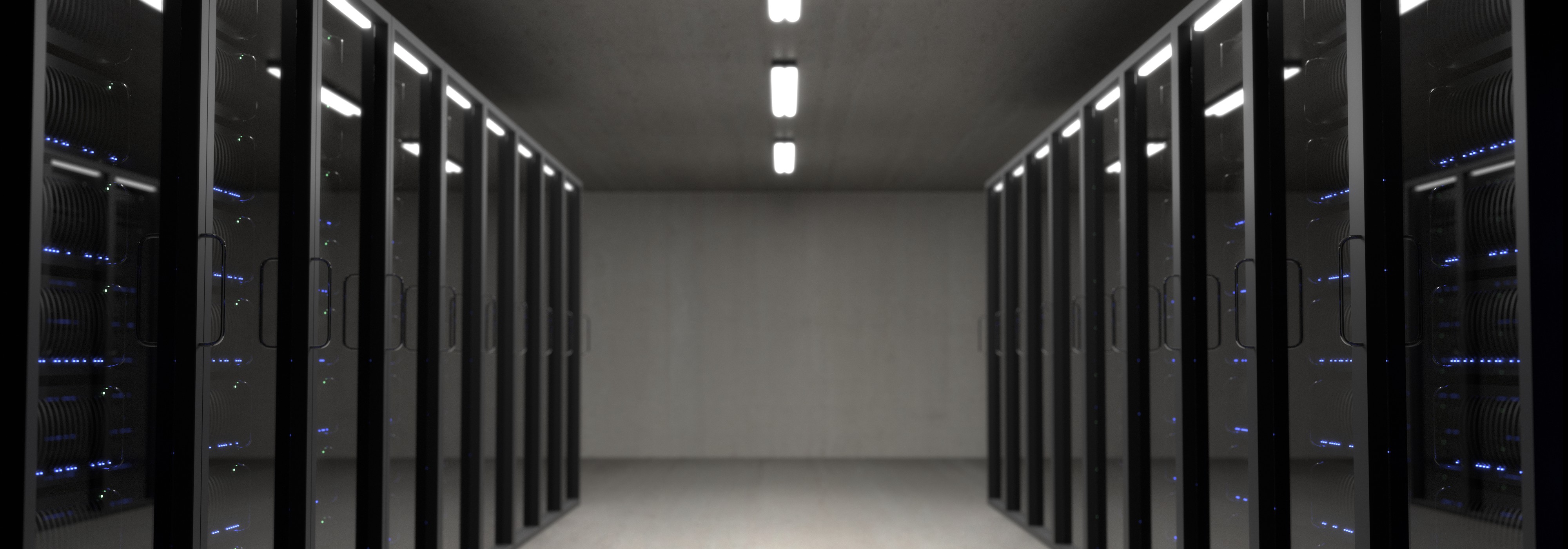
In 2017, data center managers saw several significant shifts in the activities and technologies that shape and transform modern data center management practices. A surge in available data center business intelligence, increasing focus on the benefits of data centers at the edge, and renewed interest in security are just a few of the changes data center managers are facing with 2018 just around the corner.
As 2017 comes to a close, let’s look back at some of the year’s data center trends and the challenges they pose to how modern data center managers monitor and operate their data centers:
- Data-driven decision making. Intelligent hardware and other facility items in modern data centers are generating massive volumes of data. Yet data center managers struggle to maximize the value of this data and use it to make smarter data center management decisions.
- Automation via integration. More organizations are turning to automation and integration with third-party systems to reduce the risk of human error, ensure data accuracy between disparate databases, and drive efficiency in their operational processes. However, connecting separate systems can be more difficult than it sounds, especially without the right tools.
- Consolidation and migration. To decrease operational and resource costs, more organizations are consolidating their data centers or transitioning to cloud/hybrid environments and colocation facilities. Such migrations can be beneficial yet risky, time-intensive endeavors that are difficult to manage.
- Scalability. Just as data center managers need to gracefully manage consolidation, the opposite is also true. Data center managers must be able to grow their deployments as needed, without worrying about hardware or software limitations.
- Living on the edge. Edge data centers are becoming more prominent as organizations seek cost-effective, intelligent ways to process and store data in facilities closer to the populations they serve. Micro data centers particularly are gaining traction everywhere from mining sites to quiet office buildings. However, most edge data centers must be managed remotely as part of large, disparate deployments.
- Predictive capacity planning. Thanks to technology trends like IoT, big data, and AI, it's no longer sufficient for data center managers to react to resource demand. Instead, they need to proactively plan capacity for projects in the pipeline and provision at the speed of IT, or risk a shortfall of resources.
- Efficiency and optimization. Power monitoring, energy efficiency, and effective resource management are constant challenges for data center managers, whether they're trying to comply with corporate sustainability initiatives or federal mandates like the United States government's Data Center Optimization Initiative (DCOI). Under pressure to do more with less, modern data center managers need to continuously find ways to optimize their data centers.
- Security. With the focus on safeguarding facilities against physical threats, it's more important than ever for data center teams to be able to manage access to different areas and equipment. Data center managers also need to ensure compliance with increasingly stringent company guidelines and industry regulations, while worrying about manually keeping track of keys and the possibility of data center staff leaving doors to cabinets and containment units open.
How to Adapt to These Data Center Trends in 2018
The effort required for data centers to adjust to these trends may seem daunting. However, Data Center Infrastructure Management (DCIM) early adopters already have the tools necessary to seamlessly adapt to many of these changes.
For example, Sunbird's built-in, zero-configuration dashboards provide business intelligence and analytic capabilities, including what-if analyses for capacity planning, without the need to purchase third-party software. Remote management features, such as power cycling, 3D visualizations and cabinet elevations, and change management workflows, make it easy and efficient to manage dispersed data center deployments anytime, anywhere. Superfast polling combined with intelligent PDUs (iPDUs) and environmental sensor aggregators ensures that you can always keep an eye on the health and status of your data center before minor issues become problems. Electronic door lock management with RFID smart card support ensures that data center managers can lock down specific cabinets and containment areas in their data centers and audit access requests.
With many of these trends expected to grow next year, data center managers need to be ready for changes in how they manage their data centers. Now is a great time to explore how DCIM software can help you prepare for 2018 and beyond. Take a test drive today.




























